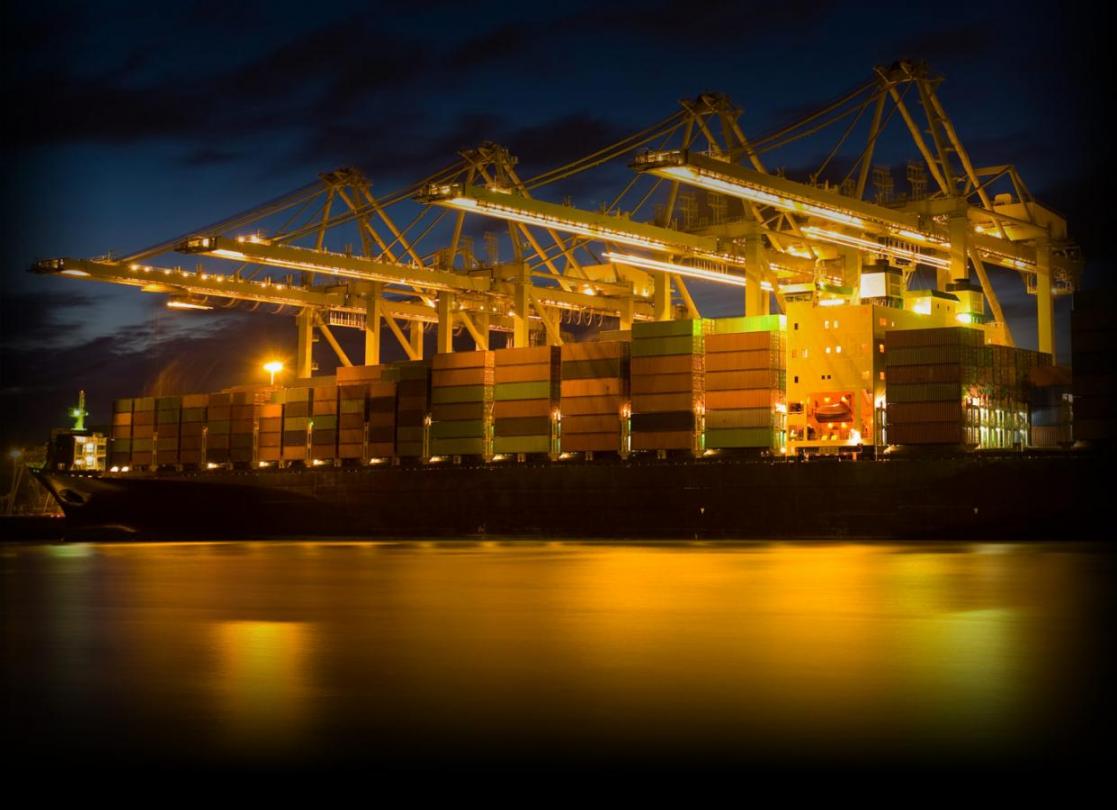The world is on the cusp of a third wave of globalization which will see global merchandise trade quadruple by 2050 and trade in services accelerate, thanks to increased economic integration and new technology, according to Trade Winds, a new report from Oxford Economics on behalf of HSBC.
China, the US and Germany will retain their lead in merchandise trade in the years to 2050, according to the report, with France featuring seventh in the top 10 trading nations worldwide. The Netherlands, Italy and the UK, which are currently among the top 10 trading nations, will be overtaken by the likes of South Korea, Mexico and other emerging markets, reflecting the trend of economic prosperity being more evenly spread across developed and emerging nations.
Ian Stuart, HSBC Europe Head of Commercial Banking, said: “Europe was one of the first integrated economic blocs in history, which is a strength the region can draw upon as we enter the third wave of globalization.”
“The future global economy will be significantly larger and more closely integrated than today, which will create many opportunities for European business to access new customers, with new, highly-customized products and services. It won’t matter how big or small you are, or where you are located, but whether your business is agile, supported by technology and data, and sustainable. So while the eurozone economy is projected to grow by only just over 1% a year until 2050, it will still be 40% larger than today.”
The report highlights several opportunities available to Europe in this third wave of globalization, including expansion of the European Union, reduced barriers to trade through the implementation of the Digital Single Market in the EU, and agreement of further mega-regional trade agreements.
It also highlights that there will be more multilateral efforts to counter climate change, which will lead to advances in fuel efficiency, renewable energy and energy storage.
Opportunities for Businesses
– The rise of the collaborating specialist: The analysis points to a future for specialists who collaborate with other best-in-class organizations to compete;
– Small players compete globally: Big won’t always be the best, or even necessary to interact internationally;
– Operating models based on leasing rather than purchasing: New models for revenue income will fundamentally shift how companies operate, invest for the future and grow;
– Data: Using data to track the world today, particularly evolving consumer demands, and use it to forecast for the future will build new intelligent systems and ways of operating.
Transmission of Ideas
Digital evolution and the drive to sustainability: Innovation will continue to provide huge opportunities for businesses and individuals as new technologies create fresh products and business models that can be adapted for different markets. The interconnected economy will mean rapid change and transmission of ideas around the world.
The falling cost and rising speed of trade: By 2050, the cost of shipping will fall, driven by a combination of larger vessels and the expansion of shipping lanes. New airports, improvements in energy efficiency and further streamlining of border control processes will speed up trade and reduce air freight costs too.
Dynamic company operating models: The world will see a rise in reverse innovation, particularly by agile businesses–a concept where companies initially develop products and services for emerging markets rather than the developed world. Products can then be customized as they are sold into different markets. This represents a shift from mass production to mass customization. Companies will analyze growing volumes of customer data and use sophisticated marketing techniques to understand and influence customer requirements.
Ongoing trade liberalization: The pace of trade liberalization will continue with the extension of free trade and continuing harmonization of standards and regulations to reduce barriers to trade. A more stable political and currency environment is anticipated, making trading easier for companies around the world.


